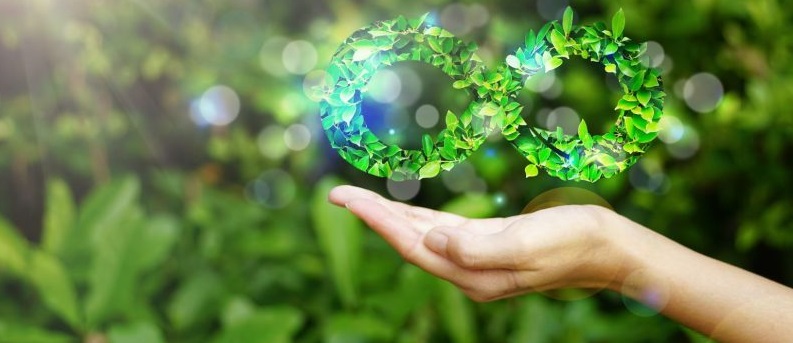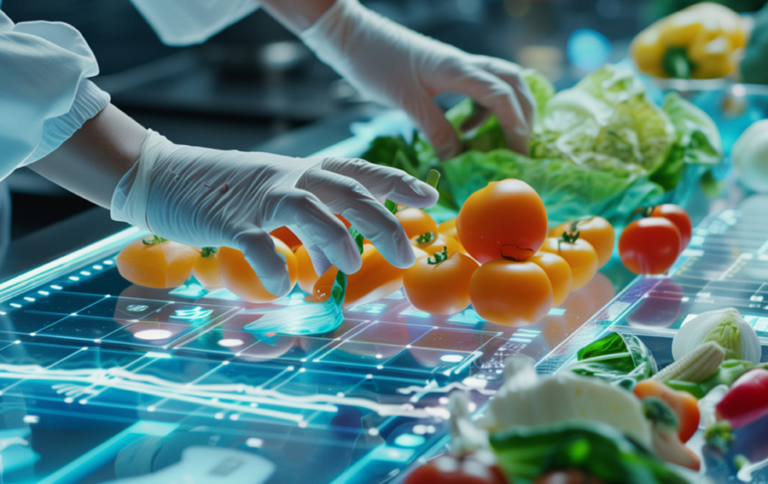
As the population in Asia continues to grow, so will consumption trends. According to the United Nations, the Asia and Pacific region currently accounts for around 60% of the world’s population, and this is projected to increase to as much as 5.2 billion people by 2050. This population growth will continue to accelerate detrimental impacts on the way goods are manufactured and consumed, as the global “take, make, and dispose” lifestyle has already put enormous strain on resources.
Our food system remains one of the biggest contributors to climate change, generating significant amounts of waste and greenhouse gas emissions in the process. It is estimated that about 1.3 billion tons of food is lost annually around the world. If food waste could be represented as a country, it would be the third largest greenhouse gas emitter behind China and USA.
In Asia, up to 11 kg of food per capita in the region’s developing countries and 80 kg of food per capita in developed countries is wasted. As the region continues to develop and income levels rise, so too will consumption habits and wastage, especially in rapidly expanding urban centres. Related issues of near-capacity landfill sites, food insecurity, and environmental degradation further demonstrate the need for an urgent and innovative solution.
Current waste management practices, which are based on a linear consumption model, have adverse impacts on the environment as landfills pollute a diverse range of ecosystems and produce greenhouse gas emissions. Already, Singapore’s dedicated landfill site – Semakau Island – has seen its projected lifespan shorten from the initial 2045 to the current projection of 2035 due to increases in waste generation.
Consequently, achieving a sustainable economy will require innovation to transition to a circular economy, which, in the context of food usage, seeks to reduce the amount of wastage. The concept of a circular economy can be categorised into three types of activities: creating loops; slowing flows; and narrowing flows. Creating loops and slowing flows are most relevant for reducing food waste.
Creating loops for the food system, instead of disposing of discarded food, is a type of circular economy that can decrease the strain on agricultural resources. Unused food and food waste can be recycled for other purposes. The agriculture industry, involved at the beginning stages of the food supply chain, can play a vital role in this process through the adoption of agroforestry practices, regenerative methods of farming, and the use of organic fertilisers generated from food waste. There are also economic opportunities for companies to explore new markets for food waste that would typically end up in landfills. For example, discarded corn cobs, edamame pods, beetroot skins, sugarcane, and potato skins can be re-utilised as alternatives to plastic.
The second type of circular economy aims to slow down flows by ensuring that a product is utilised to its full potential before ending up in a landfill or incinerator. For the food system, a circular economy would find alternatives for food waste and could allow for food waste to be collected for energy recapture through anaerobic digestion (methane fermentation). In this process, biogas is produced when bacteria break down food waste in a closed environment lacking oxygen. The biogas can then be utilised for generating energy, ultimately decreasing reliance on fossil fuels and reducing greenhouse gas emissions. The byproducts of this process can be further used as fertiliser for crops or soil.
Black soldier flies are also part of the solution to reduce food waste. On average, a black soldier fly larva will consume twice its body mass daily (they eat just about anything) during the duration of their two-week larval stage (since the larvae will consume all the food they will use for the rest of their lives). As such, in Singapore, Tampines residents can contribute their food waste to a newly-established black soldier fly facility, where the larvae act as a decomposer and break down the food into frass, which can be used as a fertiliser at a nearby vegetable farm. The larvae themselves can later be fed to tilapia at a nearby fish farm too.

A circular economy for the food system would also present additional environmental and economic benefits. Expansion on a much larger scale could make a significant difference in not only helping cities to better address climate change issues but also creating new jobs and making supply chains more resilient. It can help to mitigate the high levels of greenhouse gas emissions attributed to consumption, especially by reducing the amount of food wasted. According to the Ellen MacArthur Foundation, for every dollar spent on food, society pays two dollars in health, environmental, and economic costs.
The transition to a circular economy will require governments to finance and promote effective solid waste management policies and, ultimately, individuals to reject unsustainable linear consumption patterns. The benefits this push towards a circular economy will bring are profound: saving our environment, lowering costs, creating jobs, and strengthening supply chains. As such, let us strive to repurpose our food waste wherever possible and respond to efforts from the government and community to transition to a circular economy progressively.
Have we managed to ignite your curiosity? We certainly hope so! Solutions to realise a circular economy form part of our curriculum in Industrial Chemistry. To deepen your knowledge in this latest trend, click here to find out more about our MSc in Industrial Chemistry programme!
